Ruth E. Walker
On the first day of April, it feels right to consider all the times I’ve been fooled in the past. Despite the pandemic upending our world right now, it is probable that plenty of people had something pulled on them this morning.
Of course, some of the April Fools’ Day jokes I’ve endured have been the usual silliness, like the kids hiding under the bed so I’d think they disappeared. Or a decidedly less-than-brilliant piece of mischief like putting plastic wrap between the bowl and the toilet seat (saw the plastic before I sat down…phew!)
Corporate chuckles…

April Fools jokes even find traction in news media. I recall a front page story in London, Ontario, that confirmed a massive dome would be built to cover the city (just think — no more shovelling snow and one bad-ass form of isolation).
The corporate world has had its fair share of April Fools’ foolery. Ikea once had a recall on its “left-handed Allen key.” Can you imagine all the toolboxes upended to find the faulty item?

But for readers of thrilling fiction, Amazon launched a Twitter ad on April 1, 2018 that goes one step further in terms of “delivering” books. Author Patricia Cornwall jumps off her yatch and scuba dives to California to get her book to an avid fan.
How about that for delivering the goods? It’s a joke, of course. But fun to imagine. I’ve always said I’d do anything for my book, but I guess scuba diving is not on that list after all.
Put funny in your fiction?
I suppose we could all benefit from things to laugh about — especially these days. But also consider the power of humour to capture our imaginations and remind us of our gullible, fallible selves. It’s a useful writers’ tool to keep in your writing workshop: the human condition, warts and all.

We Canadians have a long line of writers whose sense of the absurd finds its understated way into stories and novels, chief among them Margaret Atwood. I once told her that her novel Life Before Man was the first novel that made me laugh out loud. In retrospect, I hope she took that as a compliment.
The great American storyteller, Mark Twain, opined that “there are several kinds of stories, but only one difficult kind — the humorous.”
Indeed. But it’s not often recognized as such. In a May 1, 1916 Maclean’s magazine article, beloved Canadian humourist Stephen Leacock wrote:
“…ordinary people, quite unconsciously, rate humor very low: I mean, they underestimate the difficulty of “making humor.” It would never occur to them that the thing is hard, meritorious, and dignified. Because the result is gay and light, they think the process must be.”
While writing humour well is difficult, readers do value the end result. Especially from brilliant writers like Margaret Atwood, as well as in the works of Twain and Leacock. Great storytellers have always understood that to hold difficult truths up to the light, humour in its many forms can keep us reading. And more importantly, it can plant the seeds of changed perspectives.
And that is one powerful tool for any writer.
What funny novels or stories have tickled your funnybone just when you needed it most? What writers made you laugh first and then stop and think? On this April Fool’s Day, share with us in the comments.




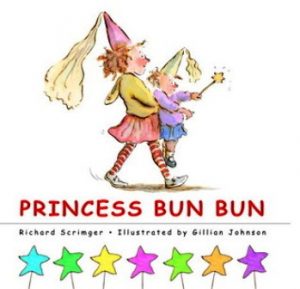




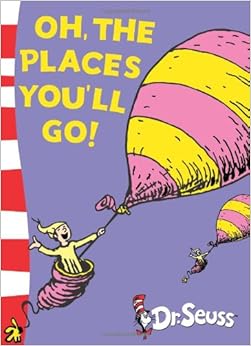
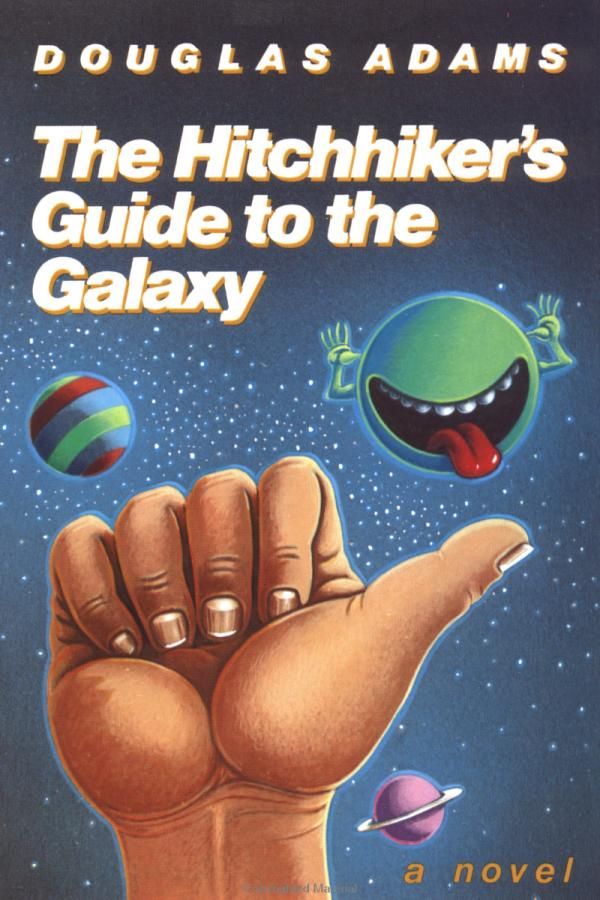 Edward Lear and Lewis Carroll popularized the form in the late 1800s, but more contemporary examples can be found in the “Vogon” poetry found in Douglas Adams’s
Edward Lear and Lewis Carroll popularized the form in the late 1800s, but more contemporary examples can be found in the “Vogon” poetry found in Douglas Adams’s 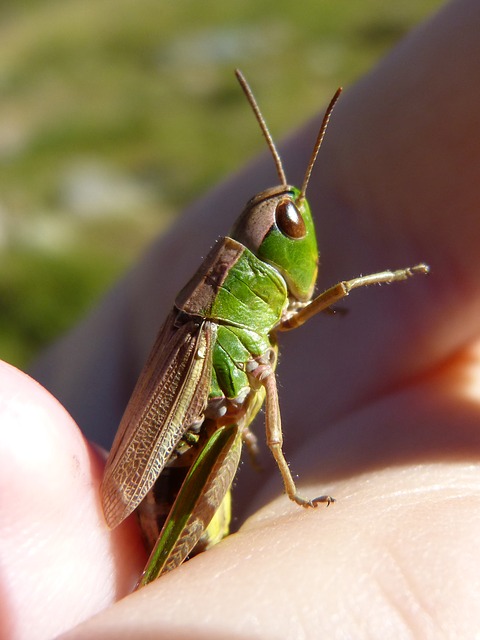
 The people of Spain think Cervantes
The people of Spain think Cervantes
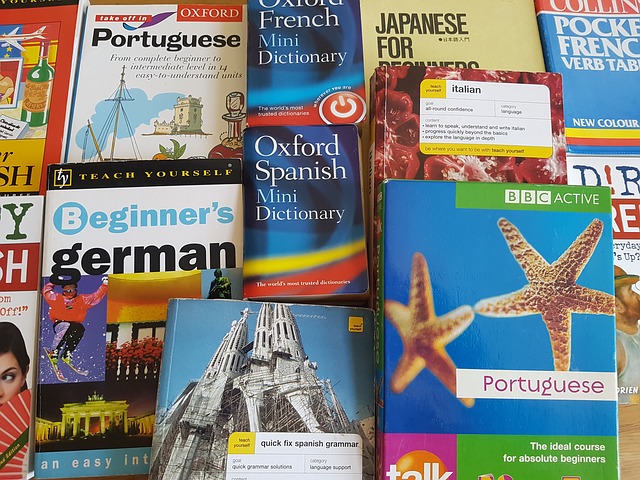 This sample from
This sample from